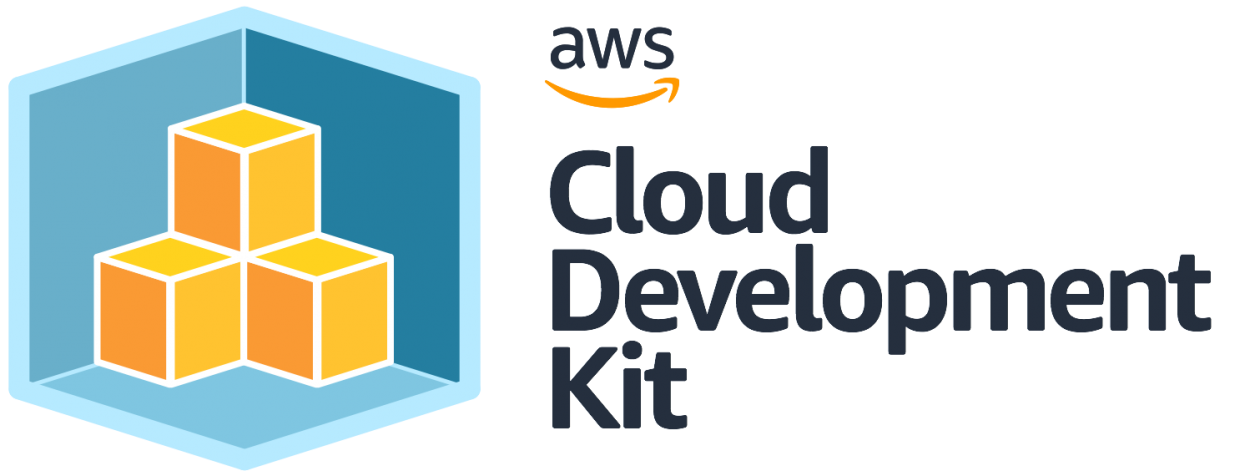Deploying to ECS Fargate using the AWS CDK
AWS CDK is a framework that allows you to build cloud applications by describing AWS resources in your favourite programming language.
In this post, we will see how we can deploy a simple Flask web application to ECS Fargate using the AWS CDK.

AWS CDK
AWS Cloud Development Kit (CDK) makes it easy to manage cloud infrastructure, enabling developers to use the same language as the rest of their stack to build cloud applications. CDK supports the use of TypeScript, Python, Java, .NET/C#, and Go to define reusable components called Constructs.
Constructs represent cloud resources, e.g., an S3 bucket, or a DynamoDB table but also higher-level functionality and patterns that provide defaults, boilerplate, and configuration to build reliable architectures.
Although CDK looks like yet another IaC tool, in fact, it synthesizes to CloudFormation and is friendlier to developers. It empowers reusability of infrastructure design patterns among teams and allows rapid development of cloud applications.
ECS Fargate
Amazon ECS makes it easy for you to deploy, manage, and scale containerized applications. Fargate removes the need to manage the lifecycle of computing infrastructure and can be used to run containers without having to provision and manage EC2 instances.
Deploying a Fargate service
Let’s see how we can deploy a Flask application to ECS Fargate using the AWS CDK.
Prerequisites
- Node.js (10.13.0 or later)
- Docker
- Domain name (and hosted zone in Route 53)
- SSL certificate (issued in AWS Certificate Manager)
First, you need to install and bootstrap the AWS CDK.
npm install -g aws-cdk
cdk bootstrap aws://ACCOUNT-NUMBER/REGION
Bootstrapping is a process of creating dedicated resources in your account required by the AWS CDK. These resources include an Amazon S3 bucket, IAM roles, and an ECR repository for storing container images.
Create the App
Create a directory and initialize the app specifying python as the language.
mkdir aws-cdk-flask-docker
cd aws-cdk-flask-docker
cdk init --language python
After the app has been created, also run the following commands to activate the app’s Python virtual environment and install the AWS CDK core dependencies.
source .venv/bin/activate
python -m pip install -r requirements.txt
Server
Create a directory server in the project root directory and define the Dockerfile, server routes, and dependencies.
aws-cdk-flask-docker
|-- aws_cdk_flask_docker
|-- server
| |-- Dockerfile
| |-- requirements.txt
| `-- server.py
`-- app.py
The server.py file will serve as a minimal example of how to handle HTTP requests
by creating a small web application using the Flask framework in Python.
1 |
|
The Dockerfile is used to create a container image that will be deployed to ECS Fargate, it contains a set of instructions
that copy the app sources and uses Python to run the server.
1 |
|
ECS Fargate Stack
Now that you have your web app ready, you can start creating the cloud stack using the CDK.
You should be able to find and edit a file aws_cdk_flask_docker_stack.py, which was created when the app
was initialized using the CDK.
The CDK provides everything that you need to create an ECS Fargate Service with a Load Balancer that will use encrypted connections. However, you will have to provide an SSL certificate. You can create a certificate easily in AWS Certificate Manager.
You must also have a registered domain name (example.com), and a hosted zone in Amazon Route 53.
A public hosted zone is a container that holds information about how you want to route traffic on the internet for a specific domain, such as example.com, and its subdomains (acme.example.com, zenith.example.com).
Using the aws_ecs_patterns, you can create an ApplicationLoadBalancedFargateService and provide the necessary
configuration such as CPU, memory, and routing requirements.
from aws_cdk import (
Stack,
aws_ecs_patterns as ecs_patterns,
)
from constructs import Construct
class AwsCdkFlaskDockerStack(Stack):
def __init__(self, scope: Construct, construct_id: str, **kwargs) -> None:
super().__init__(scope, construct_id, **kwargs)
# The code that defines your stack goes here
# Use ALB + Fargate from ECS patterns
ecs_patterns.ApplicationLoadBalancedFargateService(...)
The Fargate service will be deployed in an ECS cluster, a logical grouping of services that your tasks run. AWS Fargate removes the need to manage computing infrastructure; AWS manages the ECS cluster capacity for you.
You will also have to provide an AWS VPC, which is a virtual network dedicated to your AWS account. If you don’t have any specific VPC requirements, you can use the default VPC that is provided in your AWS account.
Finally, you will have to provide the container image and routing options. The CDK uses Docker to build the container image and uploads that to the ECR repository created during the bootstrapping process.
1 |
|
To deploy the stack, run the following command(s):
cdk synth # synthesizes and outputs the AWS CloudFormation template (optional)
cdk deploy # synthesizes and deploys the stack
You may have to wait a few minutes for the stack to be created. If you encounter any errors, you can check the CloudFormation stack and status of every resource on AWS Console.
You can find the complete source on GitHub.
eof.